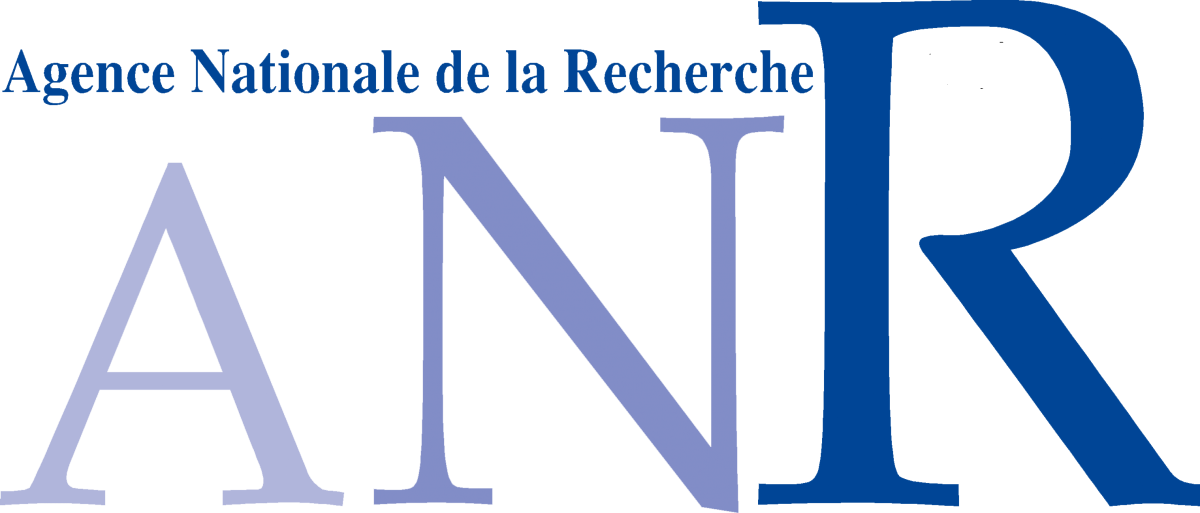Collozoum caudatum
Diagnosis
Colony cylindrical, markedly elongated from 3 to 200cm long, approximately 1 cm diameter; characteristically with a thick occasionally mildly crenated, translucent, and colorless gelatinous sheath surrounding a core of glistening alveoli and
opalescent to lightly purplish central capsules, each with many zooxanthellae. Centralcapsules spherical or ovate, 100 to 300 ~tm diameter. Colony almost always has a droopinggelatinous tail-like structure at each end containing shells of digested prey and other waste products.
Description of colony morphology : The cylindrical colonies of Collozoum caudatum can attain a length of at least 2 m, although shorter colonies are more common. Large colonies are occasionally toroidal or have more complicated (branched) structures, probably generated by the fusion upon contact of separate parts of a colony. Such fusion was observed within and between colonies when several colonies were confined in the laboratory. Colonies less than 10 cm long appeared especially plump and sausage-like due to their large diameter. There is a core of central capsules, zooxanthellae, and alveoli surrounded by a thick coat of dense, glutinous, translucent gelatin. The diameter and opacity of the core appears to increase with increasing cell number and age of the colony. The rhizopodia which form a dense network radiating from the central capsules are visible even under low magnification. These penetrate the gelatinous coat and may or may not form a fringe at the colony surface, depending on whether the organism is extending its rhizopodia into the environment. If the rhizopodial fringe is not extended, the colony border is abrupt. In one specimen, which was closely examined under Nomarski optics, we observed two linear aggregations of rhizopodia running along the 1 to 2-cm extent of the colony segment. The rhizopodia appear to control the distribution of the symbiotic algae. When a colony is placed in the dark, the algae are drawn close to the central capsules; when returned to the light, they are redistributed within the gelatin of the
colony. A tail-like strand of gelatin containing rhizopodia usually dangles from each end of the colony. The strands are composed mostly of undigested prey debris, especially the empty loricae of tintinnids and shells of larval or juvenile molluscs. As the 'fecal' strands elongate, pieces drop from them carrying away the undigested debris. Very rarely did fecal strands emerge from a lateral surface of a colony, though it was not unusual to find more than one stub or start of a strand at the end of a colony.
Cell morphology : The central capsules are large, 100 to 300 lam diameter, opalescent to purplish with a few oil droplets in smaller cells. One massive central capsule oil droplet occurs in larger cells. Central capsules of young colonies usually appear amber in color due to the abundant algae. There were more algae per cell in this species than in any other colonial radiolarian yet described. For three measured specimens the average number of central capsules in a centimeter of colony length was 58, with 311 algae per central capsule (range 250 to 350 algae per central capsule; 40 to 70 central capsules per centimeter). Most colonial radiolarians have approximately 10 to 20 algae per central capsule; In many colonies the cells had acquired a noticeable purple color. Under the light microscope this appeared as an array of circular platelets (3 to 4 gtm diameter) on the near surface of the central capsule
Type species
The holotype specimen was collected by Nell Swanberg at 1524 local time on 21 March, 1977 at 6°47'N, 38°42'W (Sta. 561, surface temperature 26.3°C). A portion of
the large colony was fixed for electron microscopy, a portion will be deposited with the U.S. National Museum.
Ecology
Atlantic equator or in the vicinity of the Gulf Stream or Seychelles
Original description
Reference(s)
Observation site(s)
SYMBIONTS
| Association with... | Region origin | Name of site | In reference... |
|---|---|---|---|
| Amphidinium chattonii | Sargasse Sea |
(1983) Radiolaria. Springer New York, New York, NY |












